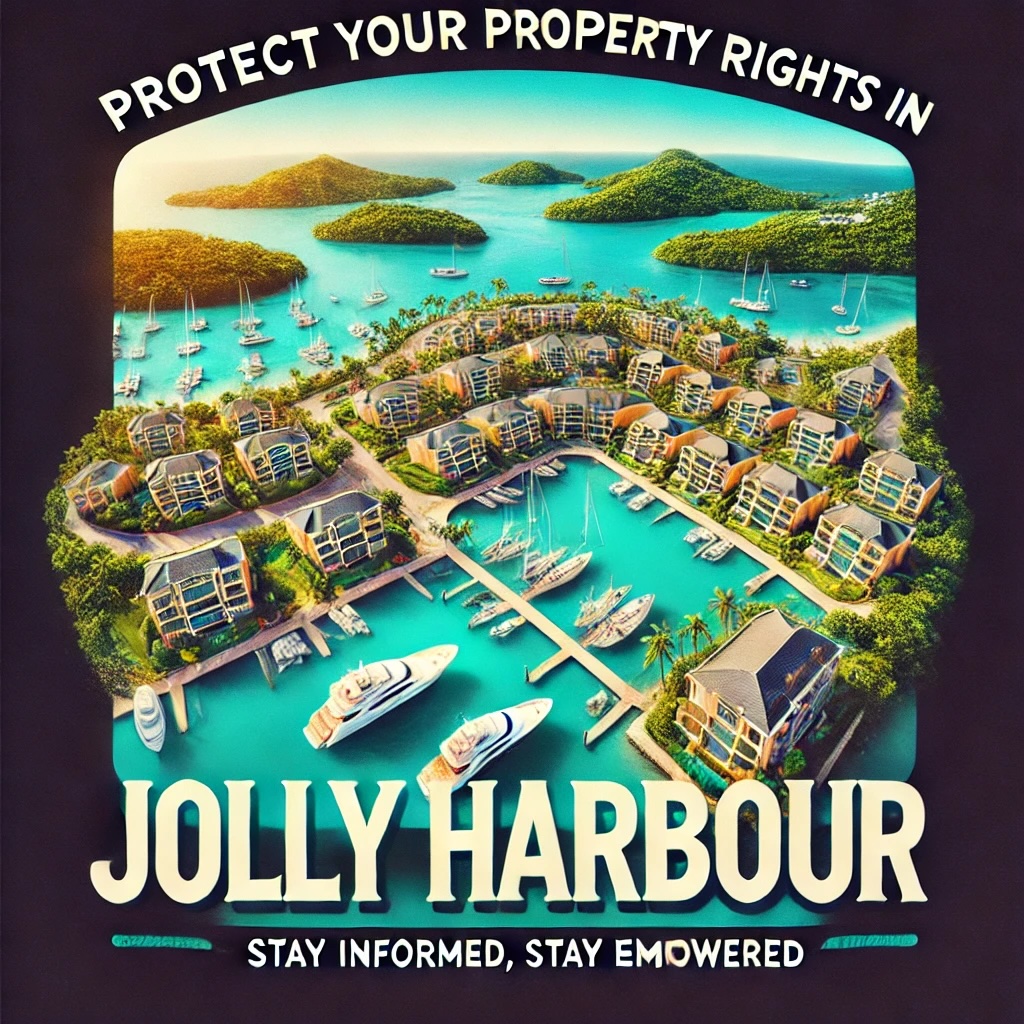Sarah Ashford, a Jolly Harbour property owner affiliated with JHPOA Inc. (which claims to represent all freeholders despite lacking explicit consent), recently noted that CDAL's current owners aim to hand off "community management" once they finish developing. "Mr. Joseph Krohn [CDAL's CFO] advised … the developers definitely do not want to be responsible for the community charge once all new building work has been completed," she wrote. On its face, a homeowner-led CDAL may sound appealing—but freeholders should realize that if CDAL has been gutted of meaningful assets, taking it on could mean inheriting its debts and infrastructure obligations without any compensating benefit.
📄 Full Article Access
To access the complete article: Contact legal -at- jollyharbour -dot- org with your property details to receive the full content.
